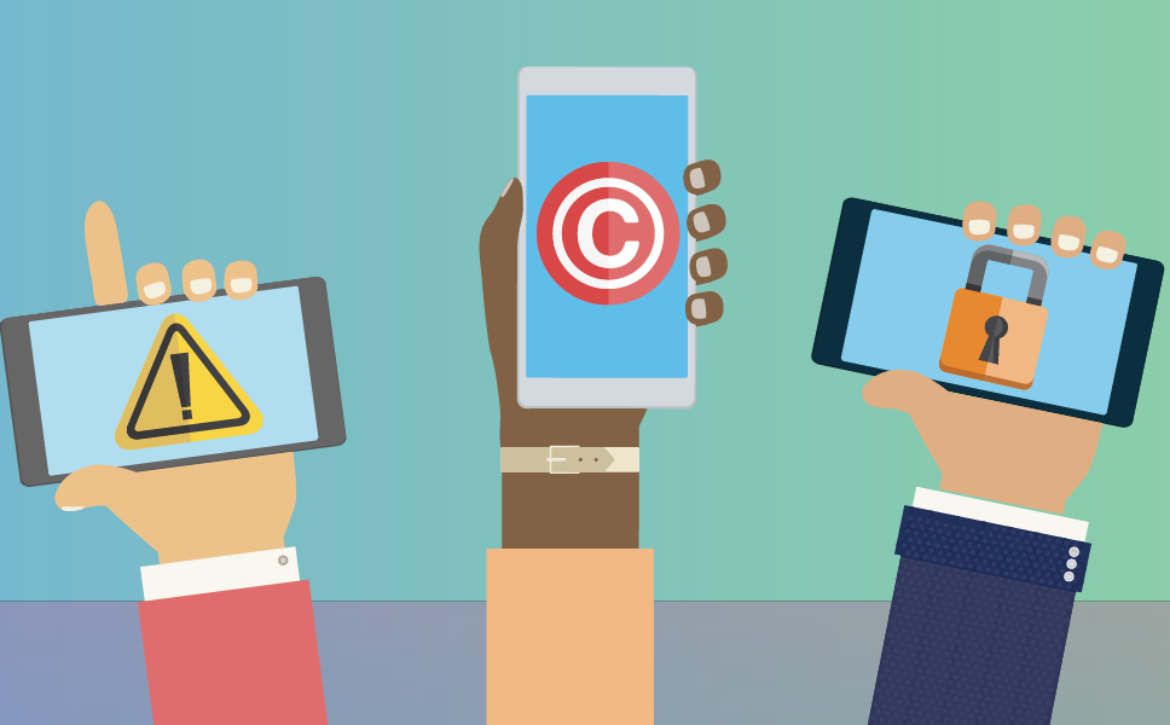A strong social media presence is one of the best ways to be heard, and businesses are no exception to this rule. Forget the doorstep; there’s a whole world of potential customers and fans at your fingertips who are actively looking for brands that they can identify and engage with on a personal level. However, social media skills have to be learned, and many businesses struggle to find an audience and connect with them online. If yours is one of them, what can you do to make the best use of social media and all its benefits? How can you create content that gets people to stop scrolling and start reading, liking and sharing?
These 7 social media strategies will help your business build a presence and a following in the most crowded rooms online by creating content that entertains, educates, inspires and engages.
1. Make a plan
Before you rethink your entire social strategy, ask the tough questions. What are your goals as a business, and how will a strong social media presence help you to achieve them? What actions are you going to take to build presence, and how will you measure your success? Establish achievable and quantifiable objectives that are informed by your marketing and business goals, and put a time-frame on how long they should take to achieve. Find the right KPIs and tools to evaluate your progress, and don’t be afraid to change your tactics if something isn’t working.
And remember: don’t throw the baby out with the bathwater! If you’ve done something in the past that worked well, think about how and why it worked, and let it inform your strategy as you go forward. Similarly, look to past failures and learn from them: how have your past social efforts missed the mark, and how can you avoid these mistakes going forward?
With a roadmap to social success in place, your business can begin to make guided changes to its social strategy that work toward definite goals.
2. Know your audience
There are so many eyes and ears out there on the web, but do you know who is going to listen to your brand’s voice? Identifying and empathizing with your demographic and how they spend their time online makes a huge difference in making your voice heard. Picture your ideal customer. What interests them? What are they passionate about? What do they read, watch, and talk about with their friends? What are their goals, and how can the things you do help to achieve them? The better an understanding you have of your ideal customer, the easier it will be to find people like them online and speak to them with your content.
Listen to your audience and their conversations online about your industry in general and your brand in particular. Find the keywords and phrases in these conversations, learn how they’re used, and put them into practice in your own content. These keywords, which can include anything from industry jargon to misspellings of your company’s name, make up the language that your customers speak – to walk the walk, your business needs to talk the talk.
Finally, knowing the social media influencers your audience follows and engaging with the things that interest them can put you straight into your audience’s line of sight. Learn from what influencers do to engage your audience, and put it into practice in your own social media strategy.
3. Tell your story
Just like every person, every business has a story; no two are alike. Use your social media channels to build a narrative around your business that shows how it got to where it is today. Invite your audience to think about where they enter into that narrative: how are your followers involved and invested in your success? How can the things your business does change a person’s day, or change the way they live their lives?
One way to nail a narrative is to find your niche and own it. If your service or product fits into a certain lifestyle, build a story around it, and highlight your place in it. You know the unique value of your business – tell the world about it, and appeal to an audience that will benefit from it.
4. Get conversational
Social media is a two-way street, and driving engagement with your brand means taking hold of the reins and engaging with your audience. Make your business part of the conversation online by asking and answering questions, making friends, and following back. Things don’t always have to be about sales: sharing holiday greetings, discussing local events, and starting a dialogue about current news stories are all ways a business can drive engagement from their audience and learn more about their demographic.
Most importantly, share with your audience and encourage them to share with you! Ask your audience about what they want to see, take the feedback and deliver on it. If you see someone doing something cool with your product or sharing a success story, like it, retweet it, or give a shout out! When your audience is engaged with your brand, you become a part of their network, and everyone gets to see how your business fits into the lives of people just like them. This widens your audience and compounds your chances of generating engagement.
5. Go live!
Facebook Live has quickly become a powerhouse marketing tool for the biggest brands. Your followers are notified the moment you go live, and can join at any time to watch you broadcast the things that matter to the both of you. Is your company reaching a milestone, or releasing a brand new product? Has your warehouse just received a long-awaited and much anticipated shipment? Go live, and share the moment with your fans! Hold a live Q&A session, give fans a sneak peek at exciting things in the works, or simply broadcast a day in the life of an employee. When your fans see the real people behind your products or services and share in their successes, it lays the foundation for a fanbase that is engaged, loyal, and eager to see more!
6. Call to action
Make your statements short and sweet, and provide a way for your audience to follow up and learn more. Succinctness is a virtue and brevity is the soul of wit, especially in the fast-paced world of social media, and many social media platforms have embraced this philosophy to the point of integrating it into the very nature of user interaction. Twitter’s 140-character limit is an obvious example, but Snapchat’s ephemeral photos and videos and Instagram’s bite-sized Boomerang and Stories features are more recent examples. These limitations allow you to create captivating copy and striking visuals that inspire interest and are digested at a glance. Once you have their attention, encourage users to follow up by clicking a link, signing up for an email newsletter, or looking through a complete product line to get more of the content that hooked them!
7. Testing, testing, 1, 2, 3…
Finally, always be improving. Don’t focus on a single successful formula and stick to it. Variety is the spice of life, so keep an eye out for new trends, new conversations, and new mediums to get your message out there – but be scientific about it. Keep your eyes on the KPIs, put your strategies to the test by comparing their results, and learn from your failures as well as your successes to evolve along with your audience and your social media networks as they grow.
To wrap things up
The world of social media is constantly evolving, and with these tactics your business will find its place in the world beyond a brick and mortar shop or a domain name. Take stock of how far you’ve come, and set clear and measurable objectives that correspond to your business goals. Get to know your audience, tell them your story, and get involved by listening to what they have to say. Go live, give your followers a taste of what you have to offer, and provide the means for them to learn more about what you can do for them. Always pay attention to what works, learn from what doesn’t, and test out new ideas to keep improving your reach. Most importantly, remember the point of social media: to connect people! Use your social media channels as a platform to connect to and grow your audience, not just as a megaphone to talk at them. Now get out there and give the people something to talk about!














